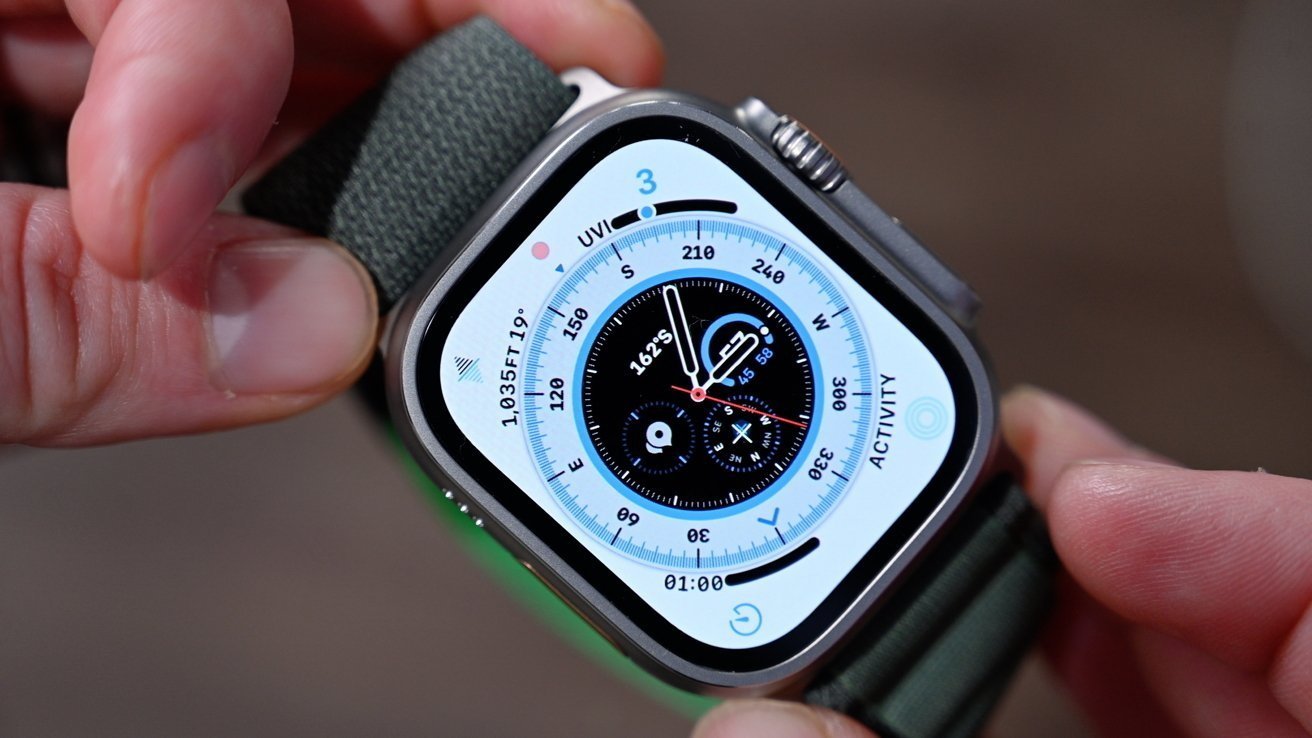Apple's use of microLED will explode to its entire product line after an update to the Apple Watch Ultra in 2024.
Apple has been developing its microLED display technology for quite a few years, and is anticipated to use it in an update to the Apple Watch Ultra in late 2024. Beyond then, the company may add the same tech to the rest of its product catalog, including its iPhone, iPad, and Mac lineup.
After spending some six years on its own custom-created microLED displays, codenamed T159 back in 2017, Apple is getting close to realizing the tech in an actual product, according to Mark Gurman's "Power On" newsletter for Bloomberg.
A supply chain report earlier in January indicated the tech could land in 2025 in the Apple Watch, but the 2024 update to the Apple Watch Ultra is still believed to be the first to get the tech.
After that 2024 release, Gurman forecasts that Apple will turn to the iPhone lineup for the next microLED upgrade, then to be followed by the iPad lineup and then the Mac range. Apple is also expected to add microLED to all of its key product categories, eventually.
It's reckoned that the plan could be longer-term than people may think, with it taking up to a decade before arriving on Mac, in part due to the technology's complexity. Gurman points to how iPhone will have used OLED displays for some six years by the time iPad is expected to use the technology, and a similar lag could happen with microLED.
 Malcolm Owen
Malcolm Owen








 Christine McKee
Christine McKee

 Marko Zivkovic
Marko Zivkovic

 Andrew Orr
Andrew Orr
 Andrew O'Hara
Andrew O'Hara
 William Gallagher
William Gallagher



-m.jpg)



9 Comments
Cannot wait for this to become the standard/norm. Mega benefits across all product categories.
Ross Young said that there would be 6 Apple products with miniLED about 4 years ago. That didn’t pan out. So, predictions out 5 to 10 years are not that good.
Please explain how this works. From everything I've read it seems that the problem with micro LED is making it small. Whereas Apple seems to be making it small then moving to larger screens.
Apple should come out with this first for the Ultra for two good reasons. The first is that it’s a small screen. That’s much easier to manufacture in quantity, as any defects that turn up in early production will have more screens that that be used. Just as with chip manufacture, larger ones mean fewer product per wafer or sheet, in the case of screens. So while working out the bugs of production, small screens will result in higher percentages of product. Secondly, price is less of an issue with a small product such as the ultra. It’s $800, and the screen is just a fraction of the size of even an iPhone SE screen.